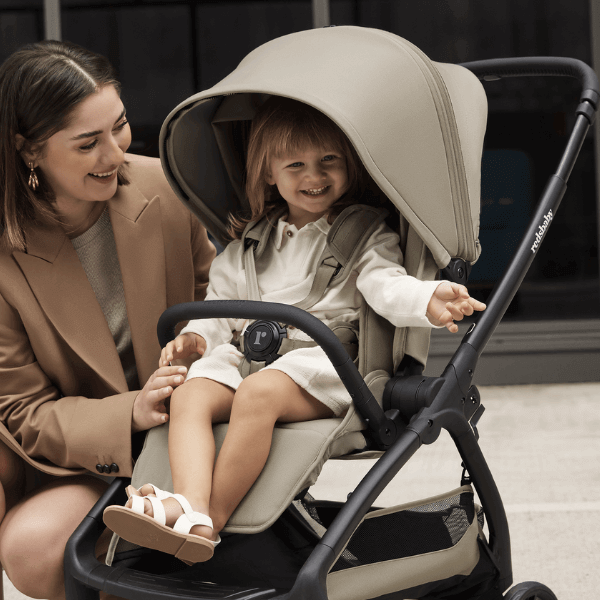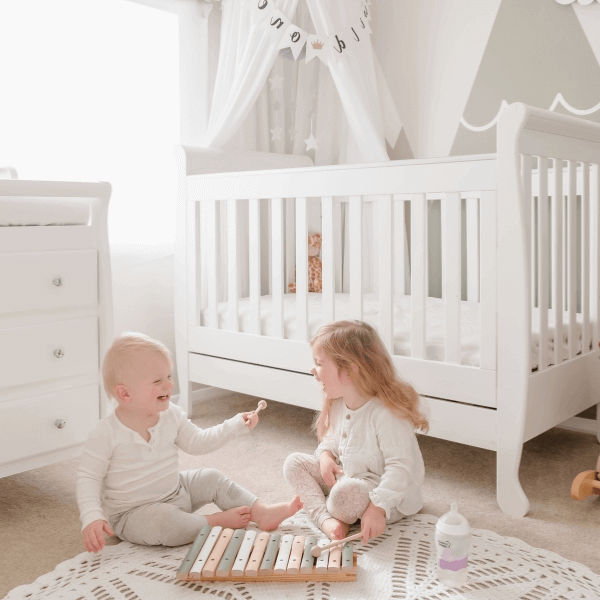- Ensuring Safety and Comfort for Your Little One
Bringing your newborn home for the first time is a moment to cherish. Ensuring their safety on the road starts with choosing the right car seat. Here’s how to pick the best one for your baby Infant car seats are designed to protect your baby from birth until they reach a certain size. This guide gives you all the essential information you need to make a smart choice for your child's safety and comfort.
What is an infant capsule?
An infant capsule (also known as a baby capsule or infant car seat) is a specialized car seat designed for newborns and infants to provide safe and secure transportation in a vehicle. Infant capsules are a crucial piece of baby gear for parents who travel by car, as they are built specifically to cater to the unique safety and comfort needs of young babies.
A baby capsule is a type of rearward-facing car seat (faces the rear of the car, so your baby’s looking out the back of the window). Rear-Facing is the safest way for an infant to travel in a car. In Rear-Facing position, the infant’s head, neck and spine are better protected in the event of an accident. The infant capsule design ensures that the baby is reclined, providing proper support for their delicate body.
Infant capsules are made up of two parts: a base that stays permanently fixed in your vehicle and a detachable carrier with a built-in harness, which securely clicks in and out of the base for ease of use.
Some capsules can be used without the base, but for safety, stability, and ease of use, it is recommended to use a base. Depending on the model, baby capsules can accommodate babies until they are:
- Age based, birth up to 12 months, or
- Until they exceed a certain weight limit, typically 9-13Kgs of weight, or
- 81cm in height.
Please note that this may vary depending on your capsule and the safety standards the product complies with. Always refer to the manufacturer manual.
What to look for when buying a baby capsule
What the Law requires: Under New Zealand law, all children under the age of 7 years (or 148cm tall) must use an approved car seat that’s appropriate for their age and size.
Ease of Installation: Proper installation is crucial for safety. Infant Capsules usually come with a base that stays permanently installed in the car. The base can be secured using the car’s seat belt or lap belt or ISOFIX system. Look for features like ISOFIX systems, bubble indicators, and level lines that help ensure the seat is installed correctly.
Comfort and Convenience: Choose a car seat with good padding and an adjustable harness to keep your baby comfortable as they grow. Features like machine-washable covers, removable inserts, no rethread harness and canopy shades add convenience.
Portability: Infant capsules have one main advantage over car seats, that is their portability. They are lightweight and can be easily removed from the car and carried as a baby carrier. Many of the models available at babies.co.nz are compatible with stroller travel system. Look for lightweight designs with ergonomic handles.
Safety Standards: Infant capsules are subjected to rigorous safety tests and should meet safety standards such as ECE R44/04 or i-Size (R129) from Europe, AS/NZS1754 for Australia/New Zealand standards and FMVSS 213 with an S Sticker from the United States. All three standards are accepted in New Zealand and sold at babies.co.nz
Common Mistakes to Avoid When Buying a Baby Capsule
Incorrect Installation: Improper installation can compromise safety. Use installation features like ISOFIX and ensure the car seat is at the correct angle to prevent your baby’s head from falling forward.
Loose Harness Straps: Harness straps should be tight enough to secure your baby but not too tight to cause discomfort. Ensure the chest clip (available in US-Seats only) is positioned correctly.
Using Expired Car Seats: Car seats have expiration dates due to material wear and tear. Always check the expiration date and avoid using seats past this limit.
Purchasing Second-Hand Car Seats: Used car seats can be risky due to possible previous accidents, missing parts, or recalls. If you must use a second-hand seat, make sure you know its history and that all parts are intact.
Maintenance and Care
Regular Inspections: Check the car seat regularly for wear and tear, especially the harness and buckles. Replace any worn parts as needed.
Cleaning: Follow the manufacturer’s instructions for cleaning. Most car seats have removable, machine-washable covers. Avoid harsh chemicals that could damage the seat.
Storage: Store the car seat in a cool, dry place when not in use. Keep it out of direct sunlight to prevent the plastic and fabric from weakening.
Your baby's safety is worth every effort. Take the time to choose the right car seat and ensure it’s correctly installed. Visit Babies.co.nz to explore our range and find the perfect option for your family.




